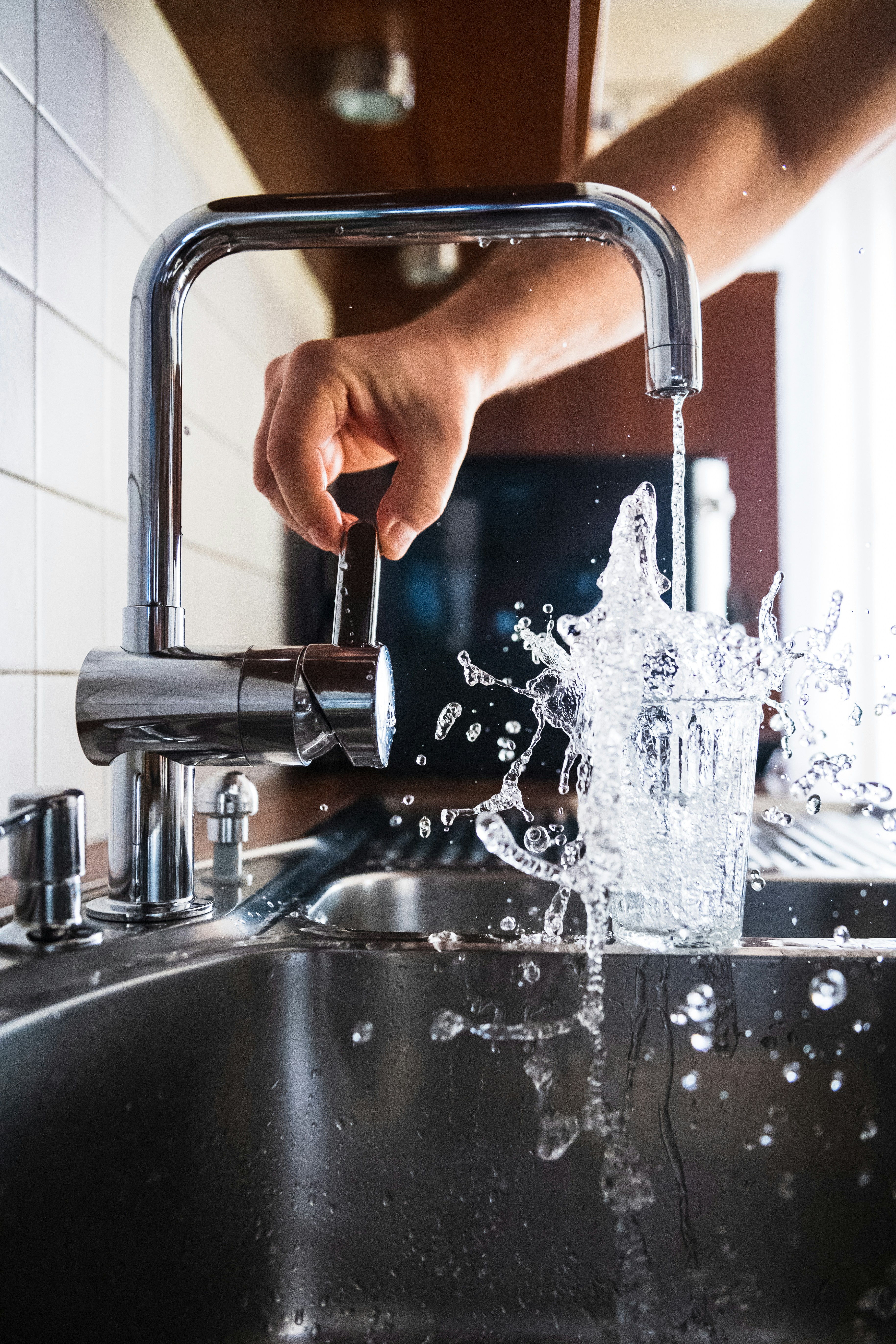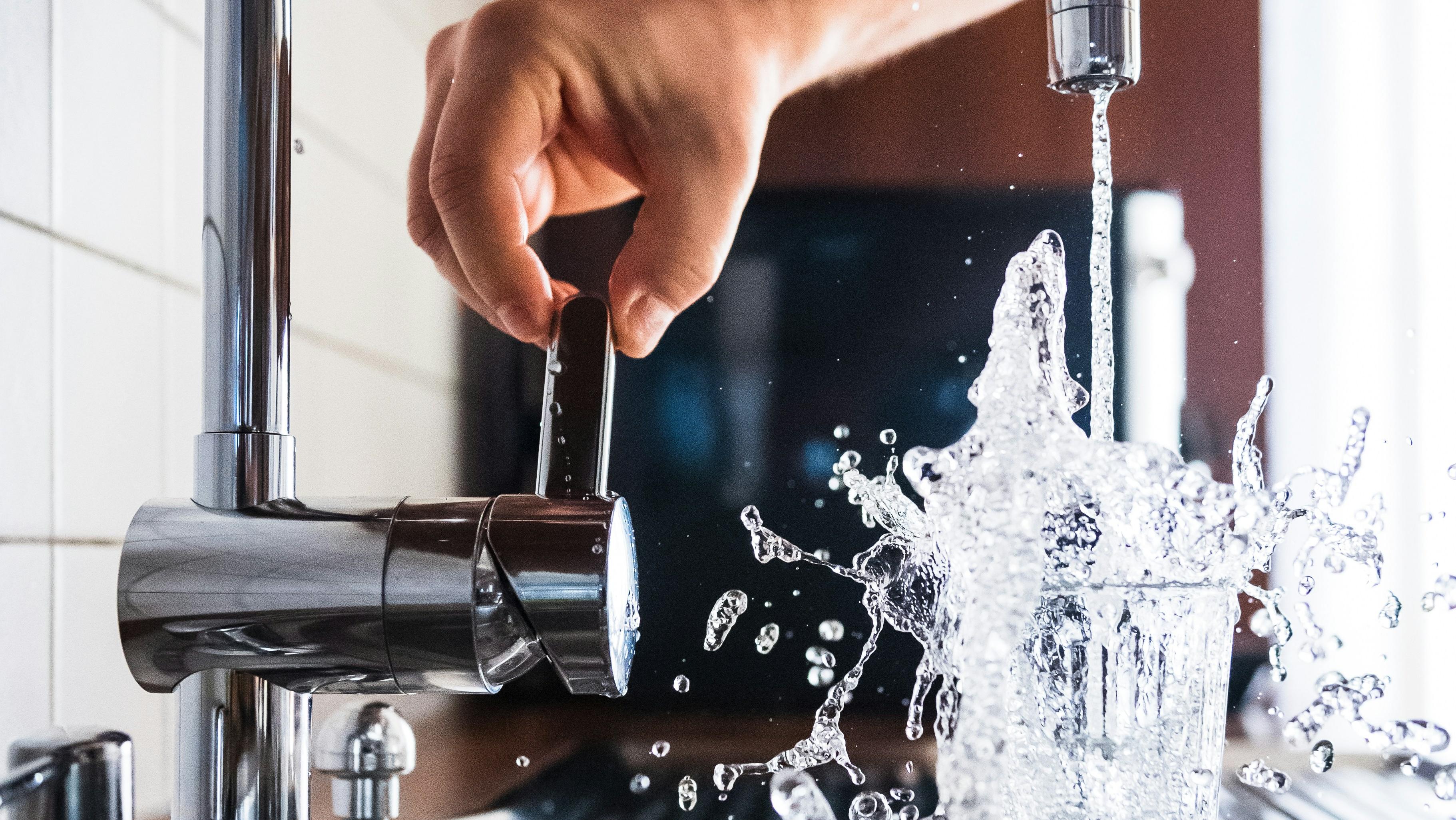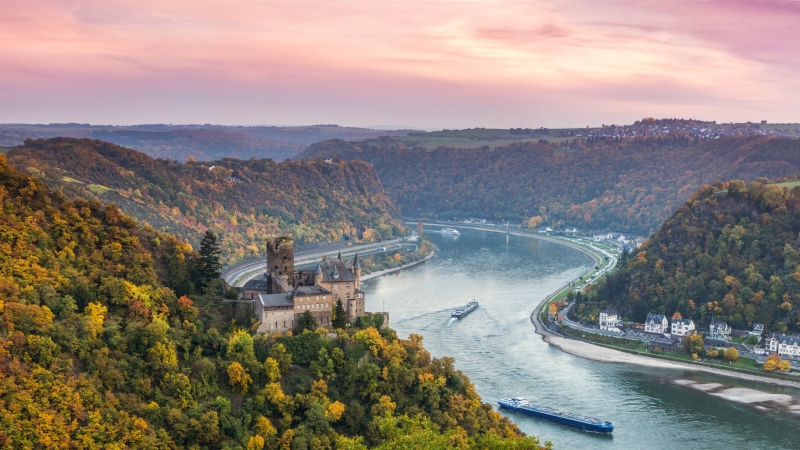Helene Sula, an American tourist visiting Germany, said she could hardly forget being ridiculed by a waiter for ordering water instead of beer or wine like other diners.
She repeated her request for water, but the waiter refused. Eventually, they brought water, but instead of the free water in a glass filled with ice, they brought her a liter bottle of sparkling water, along with a small glass and a 2 euro bill.
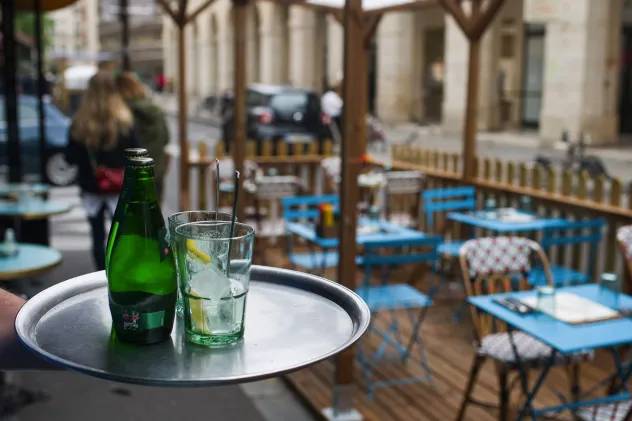
In Europe, many restaurants only serve glass bottled water and charge a fee.
A few years later, when she and her husband moved to Germany, she had the opportunity to better understand the culture of using tap water in Europe. Whether hiking, biking or walking, the couple always carried large bottles of water or camelbaks (water backpacks). Meanwhile, their European friends often skipped water and opted for wine instead, much to Helene's "disbelief".
Even though she has lived in Europe for several years, Helene still feels confused when asked about this issue. She said: "Maybe Europeans don't lose their country like we do."
Rob Murgatroyd, an American living in Florence, also feels a big difference in water consumption between the US and Italy. In the US, people tend to drink water constantly, “like it’s their job,” but in Italy, seeing someone with a water bottle is rare.
Many visitors to Europe complain about having to pay for water in restaurants and bars. “Water is not free in restaurants,” Helene says. If it is, it is “a very small glass.” However, many locals in Europe reject this claim. They say that water is still free in many restaurants, and customers only have to pay if it is bottled.
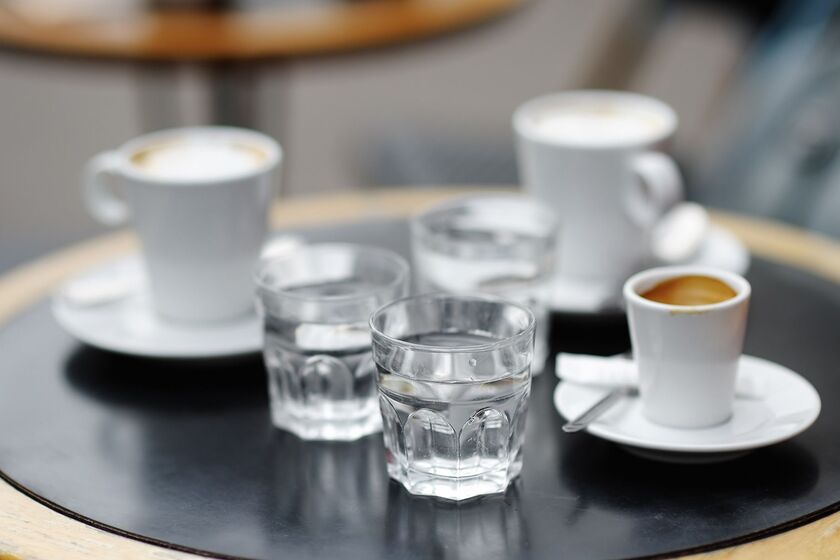
Serving water is quite rare in European restaurants.
To better understand the culture of tap water in Europe, CNN interviewed Stavros A. Kavouras, a professor of nutrition at Arizona State University. Mr. Kavouras, who directs the school's Hydration Laboratory, has extensive research on hydration and human health.
With Greek roots and 20 years of living in the United States, Kavouras has a deep understanding of Europe. He explains that tap water usage in European countries has many cultural differences.
In Germany, when you ask for water, you're often served sparkling water. "It's normal," Kavouras says. In restaurants, plain water is rarely served because Germans often refuse it. Kavouras also says that paying a few extra euros for a liter glass bottle of water at dinner might surprise Americans, but for many Europeans, it's the norm.
As for whether Europeans are more dehydrated than Americans, Kavouras attributes the difference to diet. In the US, the recommended daily intake of water is 2.7 liters for women and 3.7 liters for men, while in Europe it is 2 and 2.5 liters, respectively.
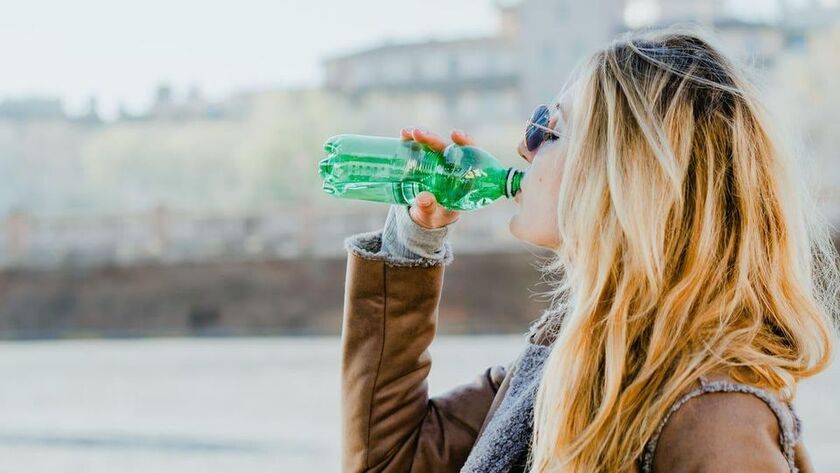
Europeans usually drink very little purified water.
When explaining the small size of water glasses in Europe, Kavouras said that Americans are used to large portions. This is not only a difference between the US and Europe, but also compared to many other places in the world. In the US, his colleagues often bring large jugs of water to work, which he finds amusing, as if the workplace had no water.
However, Kavouras advises that people should stay hydrated throughout the day, whether at the office or while walking around European cities. "Water is a very important part of a healthy diet, especially in the summer."
If you’re headed to Europe this summer and worried about water shortages, Kavouras advises not to pay too much attention to social media posts. Instead, research your destination. If you don’t want to drink bottled water in restaurants, you can buy it at a cheaper price in stores or supermarkets.
Additionally, visitors should bring a water bottle to fill up at public taps. Many European cities have water fountains where people can stop and drink. Hotels, cafes and restaurants will often refill your bottle if you ask. Mr. Kavouras said tap water in most European countries is safe to drink.

Water from free fountains in many European cities is completely drinkable. Photo: AFP
Meanwhile, according to the European Commission, an executive body of the European Union, the European Food Safety Authority (EFSA) has pointed out that drinking water intake in European countries is lower than the recommended or guideline levels.
In Europe, most countries consume less than 1,000 ml of water per day, with the exception of Austria, Germany and Norway. The European Commission said that all national dietary guidelines in European countries provide recommendations for water and fluid intake, with most recommending between 1.5 and 2 liters of water per day.
In the US, the average water intake is slightly higher, according to the Centers for Disease Control and Prevention (CDC), from 2015 to 2018, adults drank an average of about 1.3 liters. Daily water intake guidelines in the US are also higher than in Europe, with men in the US recommended to drink about 3.7 liters of water per day, while women should drink about 2.7 liters.





